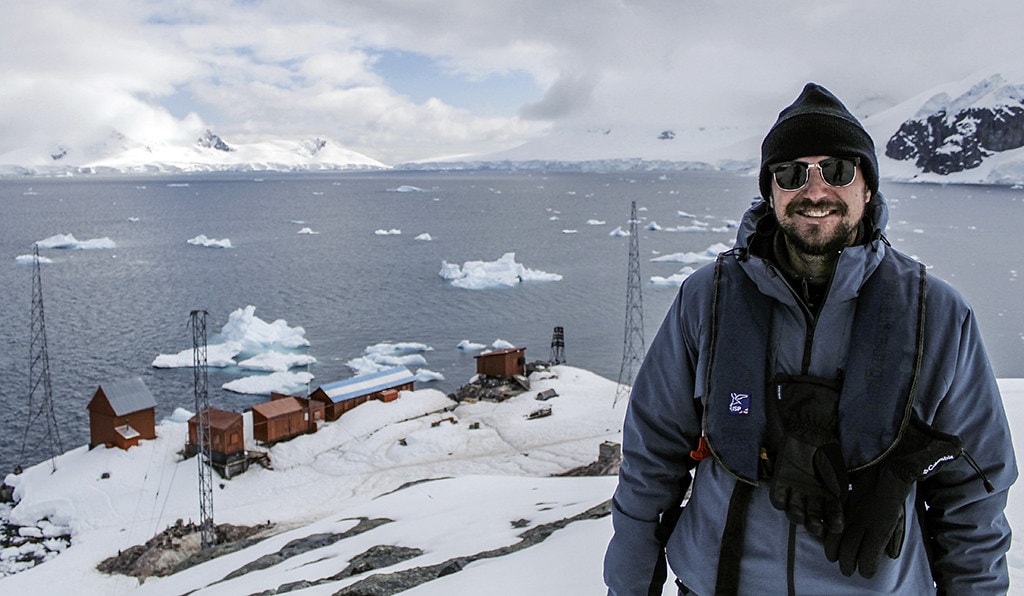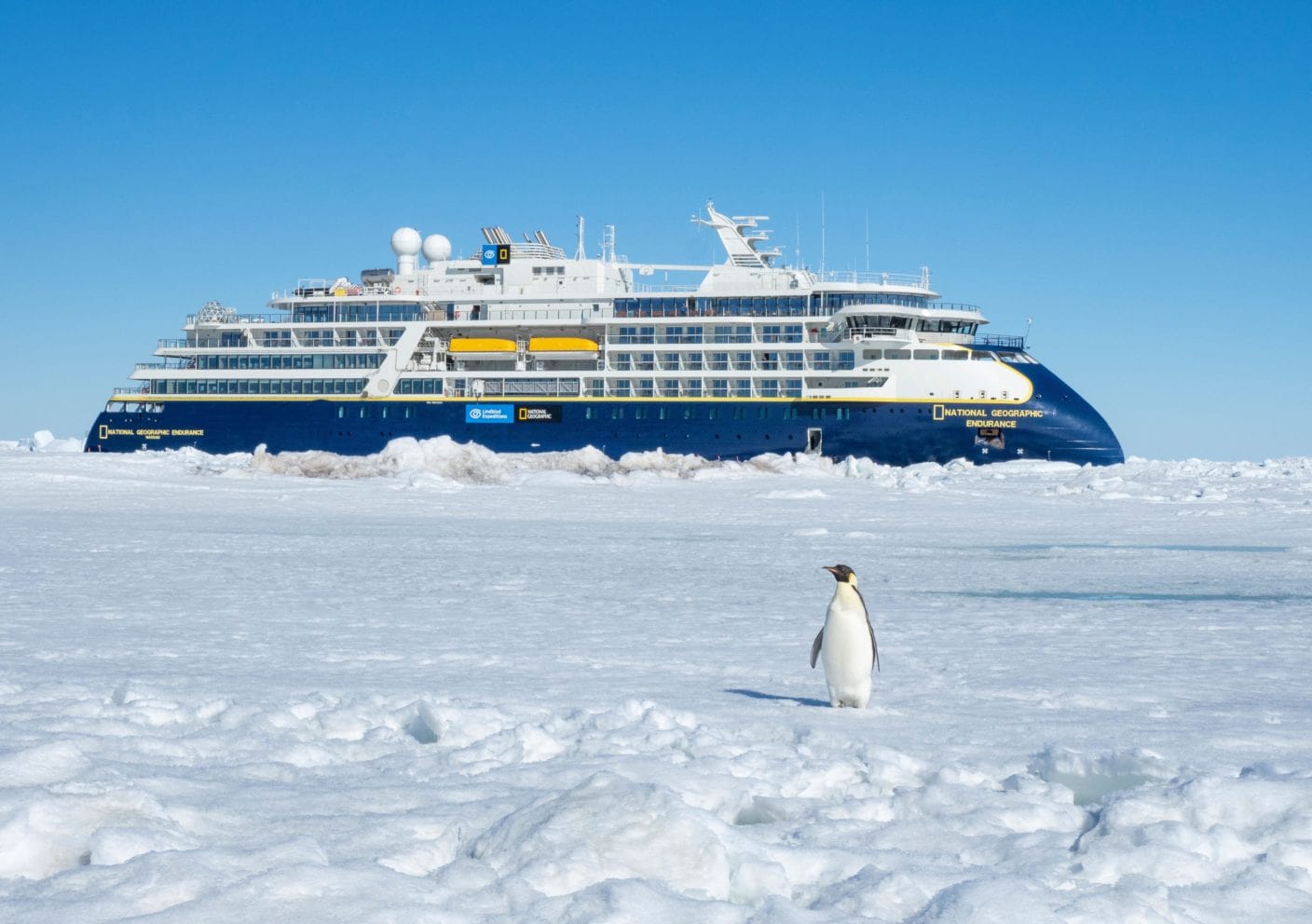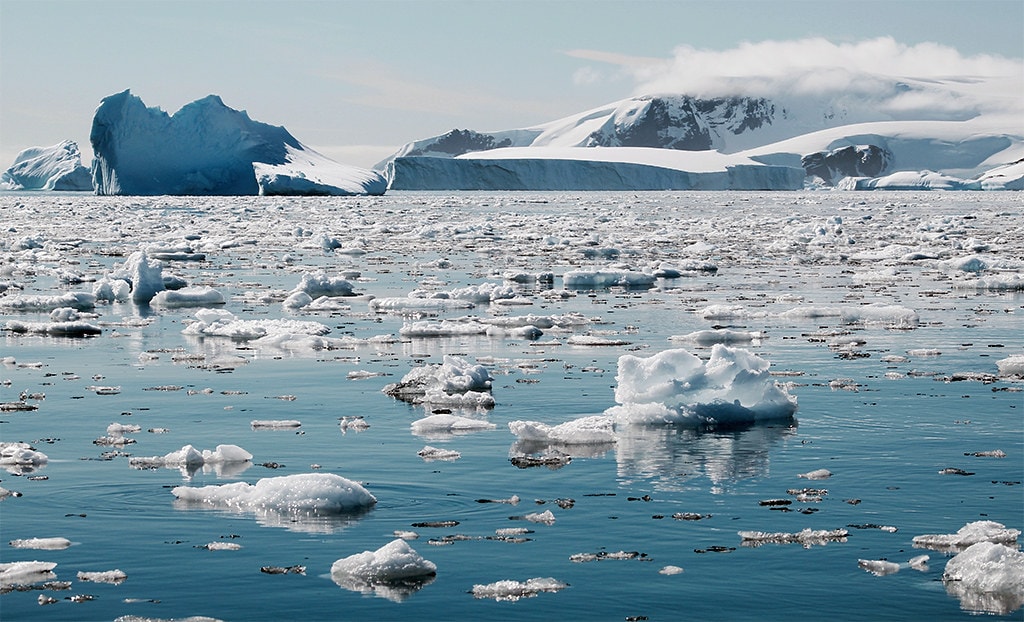Antarctica, the frozen jewel at the end of the Earth, has long held a mystical allure for adventurers and explorers. Its desolate, pristine landscapes, awe-inspiring icebergs, and diverse wildlife beckon those with a spirit of curiosity and a thirst for the extraordinary. First sightings of Antarctica occurred in late January of 1820, but it wasn't until the mid-20th century that this remote continent emerged as a destination for commercial tourism, forever changing the way we explore and protect this fragile wilderness.
The Pioneers of Antarctic Tourism
The story of tourism in Antarctica begins with a handful of visionaries who dared to transform a barren expanse into an experiential traveler's paradise. In 1966, a Swedish-American entrepreneur named Lars-Eric Lindblad orchestrated the very first commercial expedition to Antarctica, chartering a ship named the "Lindblad Explorer." This historic journey marked the beginning of a new era for citizen explorers.
Lindblad's pioneering spirit opened the doors for adventurous travelers who craved more than just facts and figures about the seventh continent; they yearned for an immersive experience. His audacious move ignited the imaginations of explorers, wanderers, and adventurers worldwide. Antarctica was no longer a realm solely for scientific endeavors; it was now a realm for the intrepid and curious.
The Advent of Commercial Tourism
In the decades that followed Lindblad's historic expedition, Antarctica witnessed a gradual shift from scientific exploration to commercial tourism. Tour operators recognized the growing interest in this icy wonderland and began offering expeditions that promised unparalleled experiences.
Visitors were no longer content with distant glimpses of the continent from research vessels; they sought to set foot on its frozen shores, kayak through its pristine waters, and witness the majesty of its wildlife up close. Commercial tourism, driven by entrepreneurs and adventurers alike, promised just that – a chance to get on the ice.

Balancing Act: Preserving the Ecosystem
As commercial tourism to Antarctica grew, so did concerns about its potential impact on the continent's fragile ecosystems. The delicate balance between satisfying the thirst for adventure and safeguarding the pristine environment became paramount.
One of the pivotal steps in preserving Antarctica's ecosystem was the establishment of the International Association of Antarctica Tour Operators (IAATO) in 1991. Comprised of responsible tour operators, IAATO was formed with a mission to develop guidelines and regulations ensuring that tourism in Antarctica is conducted in an environmentally sustainable manner.
The following receive special focus to preserve the Antarctic ecosystem:
1. Visitor Limits and Guidelines: Strict limitations were imposed on the number of visitors allowed ashore at any given site, as well as the number of passengers a vessel could carry. This ensured that the fragile ecosystems and wildlife were not overwhelmed by human presence.
2. Educational Focus: Tour operators incorporated educational components into their expeditions, enlightening passengers about Antarctica's unique ecosystems, wildlife, and the significance of conservation. These efforts are aimed at fostering a sense of responsibility and stewardship among tourists.
3. Waste Management and Sustainable Practices: Tourism companies are committed to adhering to stringent waste management practices, minimizing pollution, and reducing their carbon footprint. Sustainability became more than just a buzzword; it became a way of life in Antarctica. As the harshness of the environment also adds to the fragility of the ecosystem.
4. Scientific Collaboration: Some tour operators formed collaborations with scientists and researchers, allowing tourists to actively participate in research projects during their visits. This not only enriched the visitor experience but contributed to ongoing conservation efforts. Visitors take their new found knowledge and share it with others as they recount their Antarctic experiences.
5. Protection of Wildlife: Guidelines were put in place to ensure that tourists maintained a safe and respectful distance from wildlife, minimizing disturbance to animals and their habitats. The species do not know humans as threats and are thus susceptible to our interference in their lives. For both human and wildlife safety, keep your distance.
6. Climate Action: Tourism operators increasingly focused on climate awareness and implemented measures to offset their carbon emissions, recognizing that climate change poses a significant threat to Antarctica. Implementing sustainability strategies and updating them with current insights is a regular component of responsible tour operations.

The Future of Tourism in Antarctica
As we look ahead, the future of tourism in Antarctica holds both promise and challenges. The growing interest in this remote wilderness is undeniable, but it is essential to navigate this newly appreciated popularity with utmost care and responsibility.
Threats:
Over-commercialization: There is a risk of over-commercialization if the demand for Antarctica tourism continues to surge without appropriate regulations. Preserving the wilderness requires a balance between tourism and conservation. It is up to the operators and travelers to play their part in preserving the balance.
Climate Change: Antarctica is not immune to the impacts of global climate change. Warming temperatures and melting ice pose a significant threat to the continent's delicate ecosystems. Given the few local human inhabitants, the efforts visitors make at home before and after visiting have an impact.
Opportunities: Sustainable Tourism: The emphasis on sustainability and responsible practices can lead to a more harmonious coexistence between tourism and conservation. By adhering to strict regulations and implementing eco-friendly measures, we can ensure that Antarctica remains pristine for generations to come.
Education and Awareness: Tourism provides a unique platform to educate the world about the importance of Antarctica and its role in our planet's health. It can inspire a global commitment to protecting this frozen wilderness. Visitors are encouraged to bring this message home upon their return.
Scientific Advancements: Collaboration between tourism operators and scientists can yield invaluable research data, contributing to a deeper understanding of Antarctica and its global significance.
International Cooperation: Global cooperation is essential to establish and enforce regulations that maintain the delicate balance between tourism and conservation. Antarctica is a shared responsibility for all nations and all peoples.
The evolution of commercial tourism in Antarctica is a testament to humanity's enduring spirit of exploration and adventure. From the audacious pioneers who first set foot on this icy continent to the responsible operators and travelers of today, we have seen a transformation that brings us closer to Antarctica while safeguarding its pristine beauty.
Tourism’s future in Antarctica hinges on our ability to strike the right balance, to cherish this frozen wonderland while preserving it for future generations. By adhering to strict regulations, embracing sustainability, and fostering a sense of responsibility, we can ensure that Antarctica remains a beacon of adventure, education, and conservation for years to come. Antarctica's journey is far from over, and the world watches with awe and anticipation as it continues to evolve. We invite you to speak with one of our Expedition Advisors and learn about options for visiting the 7th Continent.
